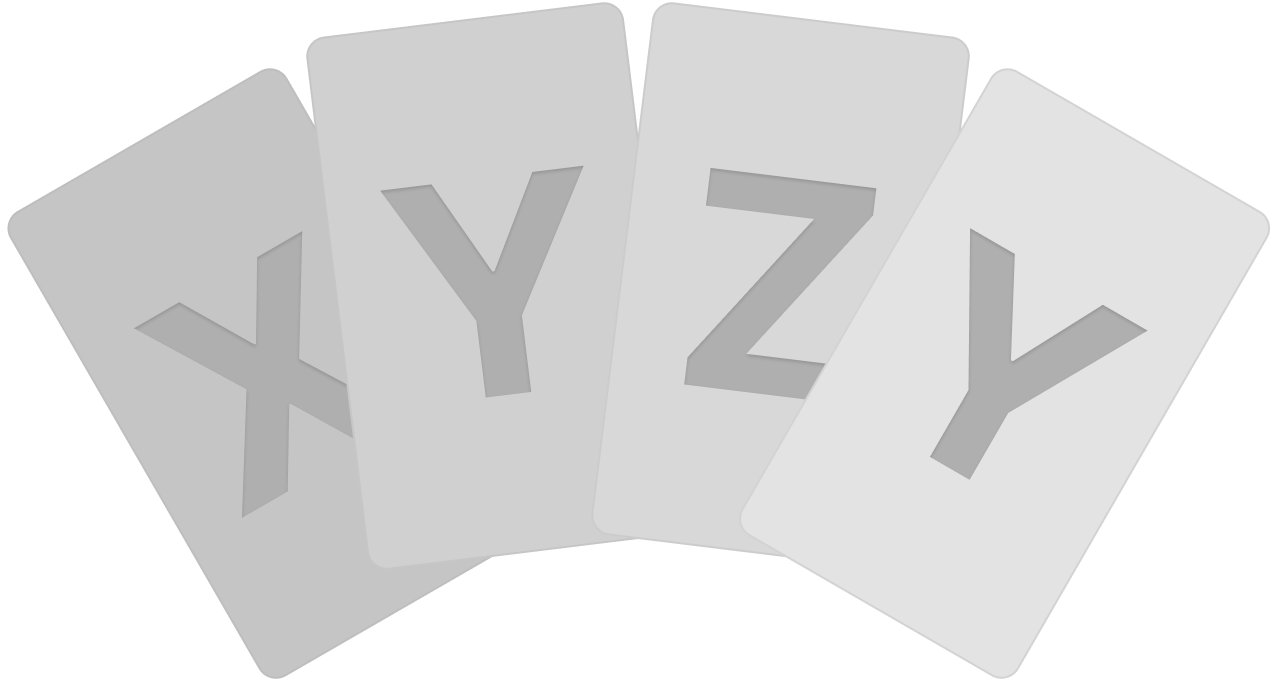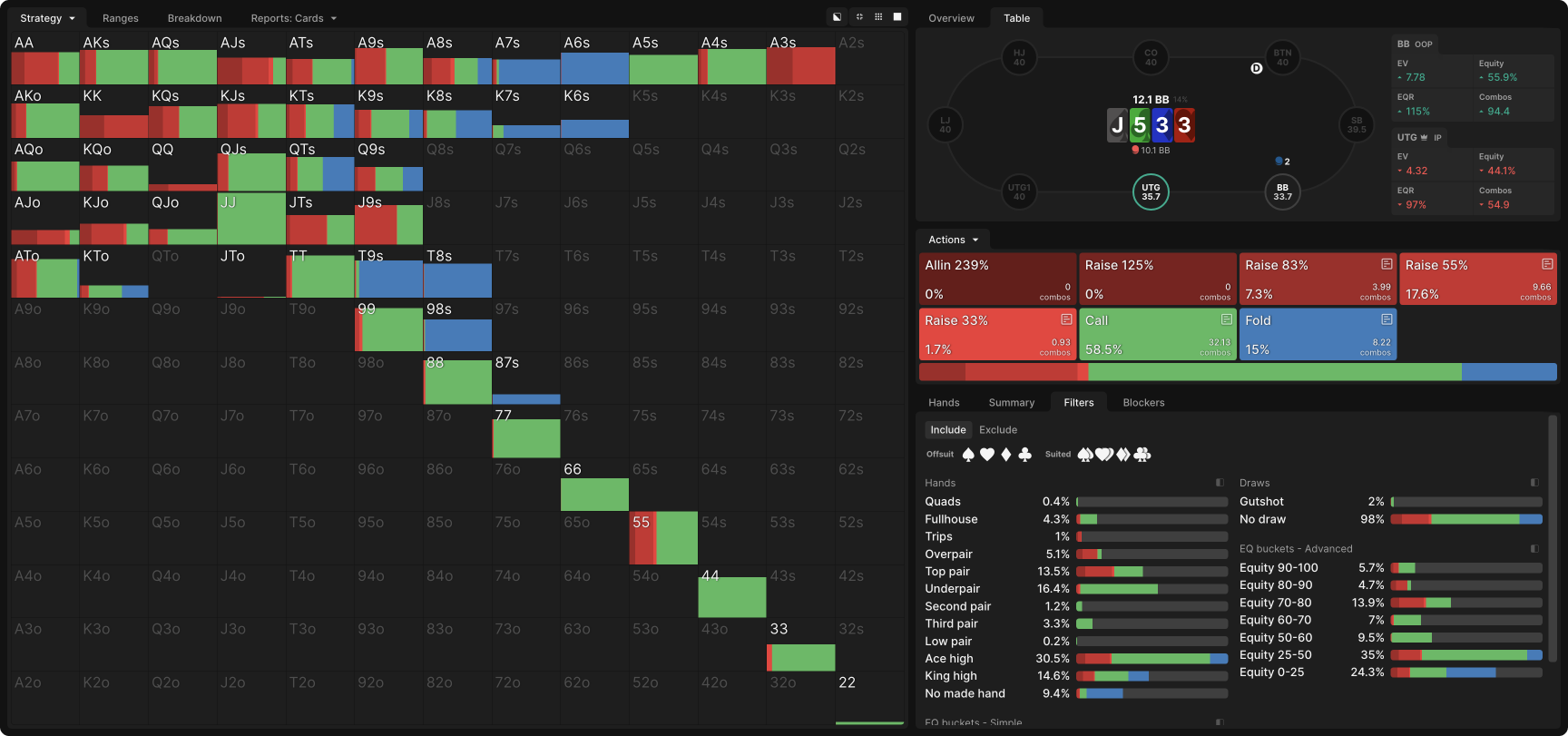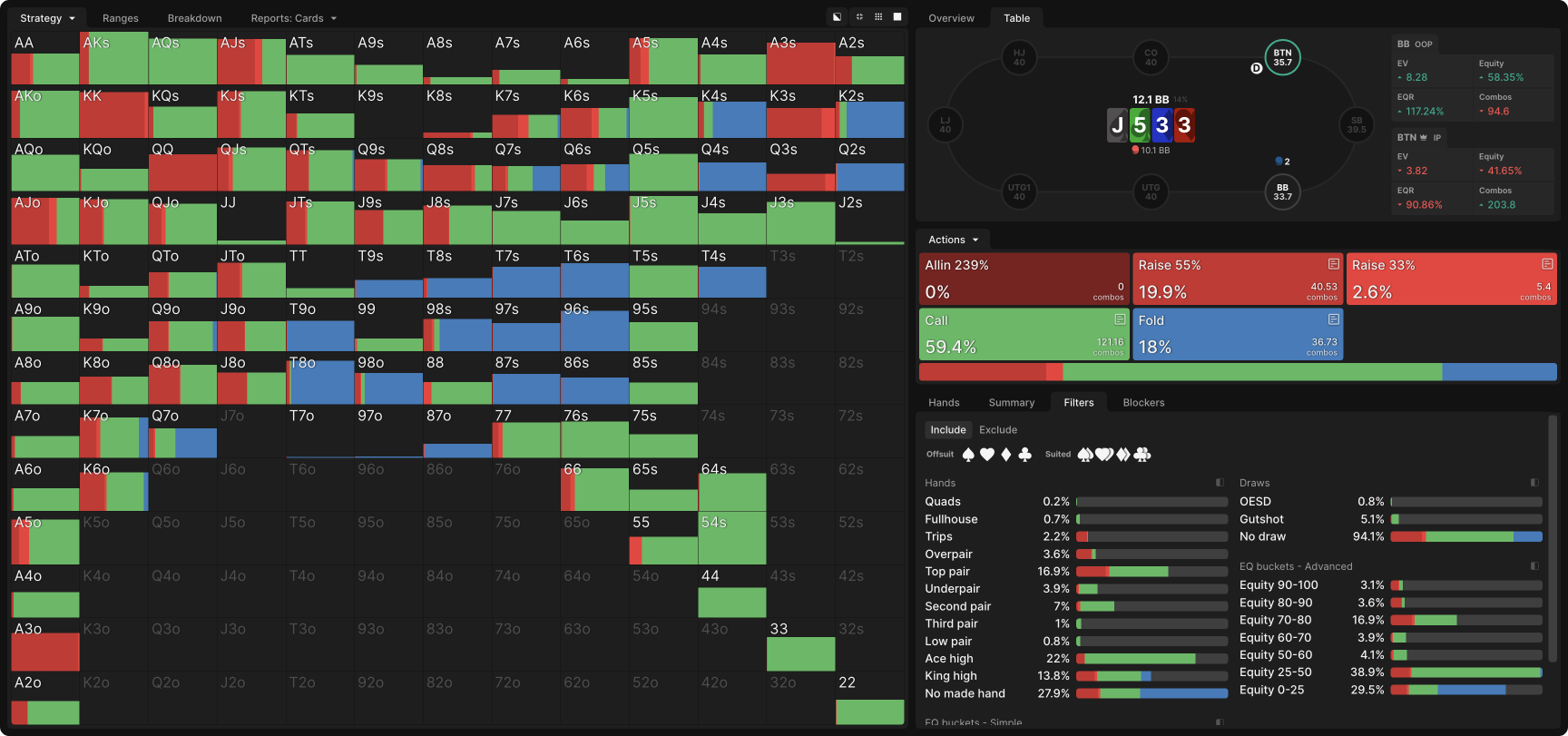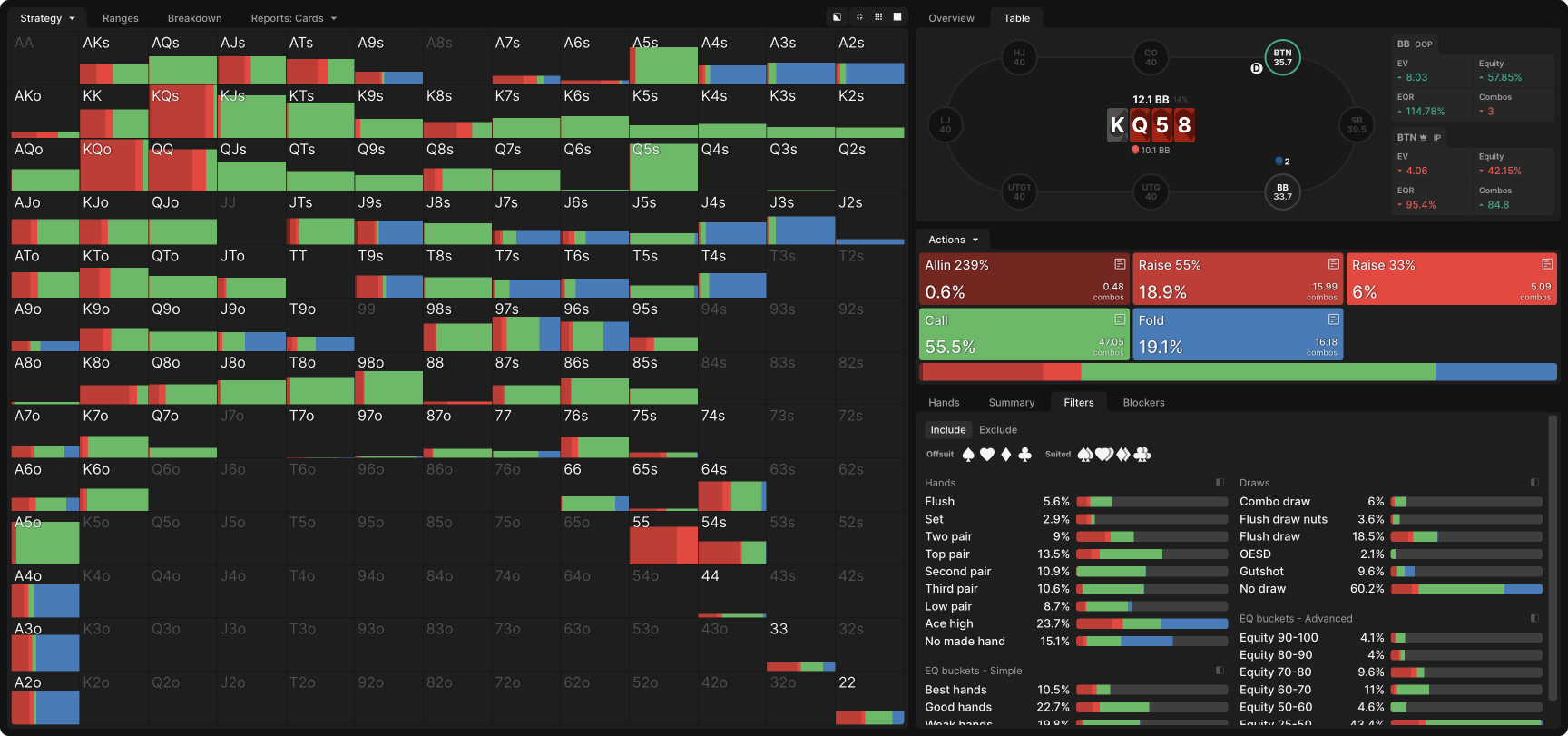How to Defend Against Turn Donk Bets
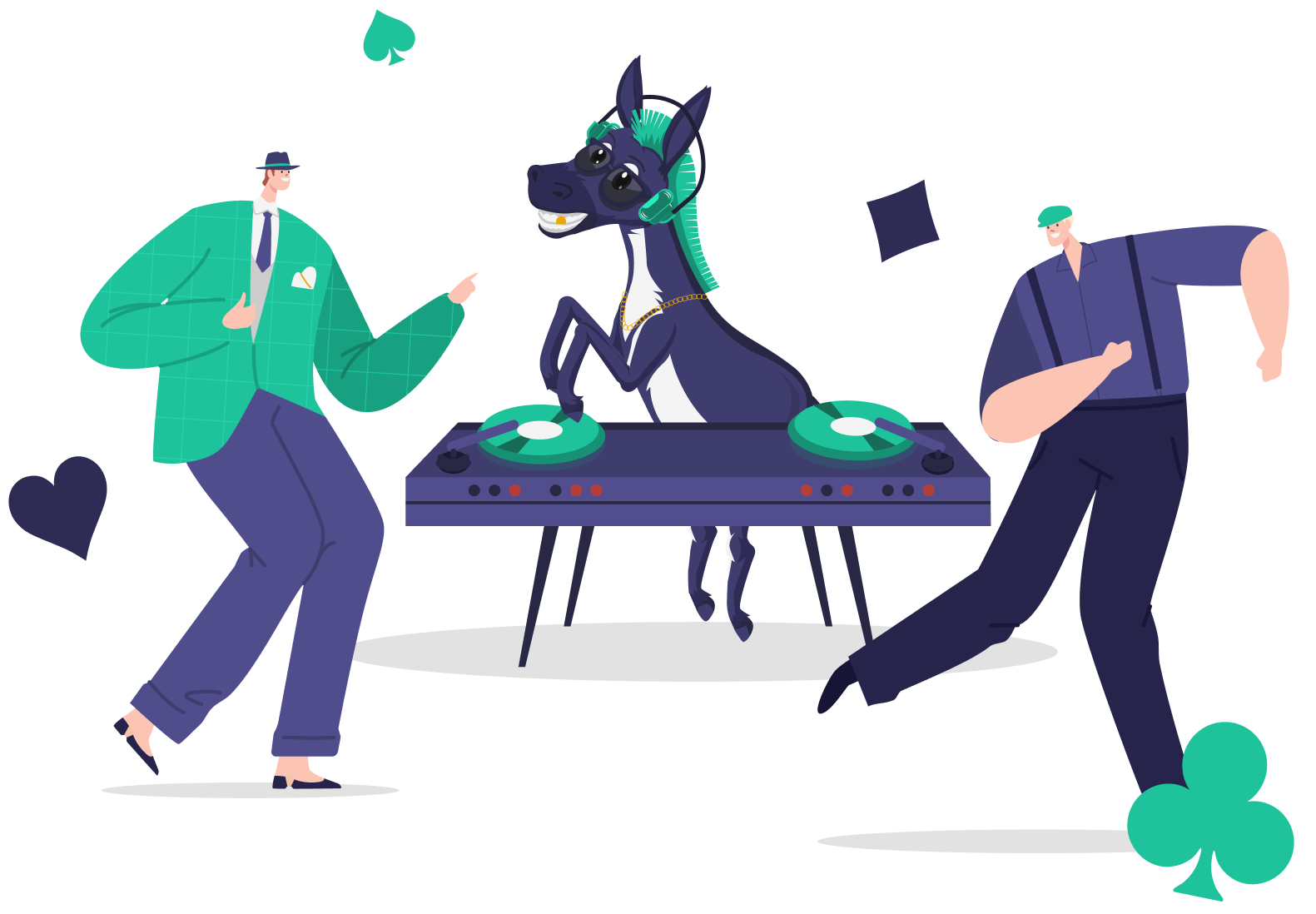
Responding effectively to donk bets on the turn is tricky; there’s no getting around that. It’s one of the reasons why learning to use such bets yourself is so valuable. It requires an awareness of your own range and tests your opponent’s willingness to make stubborn, counterintuitive calls and raises.
Know Thy Enemy
To combat donk bets, you must first understand them. In particular, there are three key features of a well-implemented donk betting strategy to be aware of:
- Donk bets are typically small, 20% of the pot or so. You can’t afford to fold too much of your range, so you must be willing to call with relatively weak hands. It can be hard to intuit what a 14% chance of winning looks like, so studying and thinking mathematically is a must.
- A well-constructed donk betting range contains a variety of hands; some that do not mind or even welcome a raise (low-equity bluffs and monster hands), and others that will be in a tough spot if raised (semi-bluffs and medium pairs). This is why both calling and raising are important components of your response.
- Most donk betting occurs in spots where your opponent could easily have a monster. This can make raising uncomfortable, so it’s important to recognize how many other, more modest hands they are also incentivized to bet.
Responding to Donk Bets on Paired Turns
For this scenario, we will take a 40bb UTG vs. BB single-raised pot as our example. After checking and calling a 33% pot continuation bet on a J♠ 5♣ 3♦ flop, the BB bets 20% pot on a 3♥ turn. What heuristics can you discern from UTG’s response, shown below?
- UTG’s value-raising threshold is roughly KJ. In other words, they mostly call QJ and mostly raise KJ and better. Despite the risk of raising into trips, these hands are strong enough to shove most rivers for value if BB calls the turn raise. J9 and JT sometimes raise the turn as well, but this is partly about denying equity to overcards; they check behind blank rivers after raising.
- UTG rarely folds Ace-high or even King-high. The King-high hands will bluff rivers unimproved, betting if checked to or raising if BB donk bets small again, but Ace-high has enough showdown value to check behind or call a block betBlock bet
A small bet made by the out of position player designed to prevent or “block” the opponent from betting themselves. Sometimes used to induce raises.. These unpaired hands are also the best candidates for bluff raising. - The rank of your unpaired cards matters. KT is a better call than A6 because BB sometimes bets medium pocket pairs against which the T is an out, but the 6 is not.
- UTG slowplays full houses but purely raises A3, their only trips. If you’ve coolered an opponent with lower trips, it’s not going to matter what you do. The reason to raise is to get more money in against Jack-x and 5-x before a scary river kills your action. When you block those hands, then slowplaying makes sense.
The 3♥ is a badugiBadugi
Badugi is a Lowball poker variant where the goal is to have the lowest hand. turn, but surprisingly little changes if it’s the 3♠ instead. UTG never folds a flush draw, of course, and mixes raise and call with most combos. When raising offsuit hands, they have some preference for holding a big spade so they can leverage that blocker for bluffs on spade rivers.
Responding to Donk Bets on Flush Card Turns
For this scenario, we will take a 40bb UTG vs. BB single-raised pot as our example. After checking and calling a 33% pot continuation bet on a K♠ Q♥ 5♥ flop, the BB bets 20% pot on an 8♥ turn. What heuristics can you discern from UTG’s response, shown below?
- UTG’s value-raising threshold is KQ for top two pair. KQ mixes calls and raises, raising more frequently when it includes the K♥. UTG never raises K8. They can raise AK and AA if they have the A♥, but they don’t shove blank rivers unless they improve. Sets are high-frequency raises, especially when they unblock King-x and Queen-x.
- Hitting MDF is more intuitive on this board than on J53, as UTG’s opening range has a lot of natural coordination with the broadway cards on the board. A pair of Queens or Kings is an easy call, and AT, AJ, and JT can call or raise. The lower gutshots, J9 and T9, are pure folds. Underpairs to the 55 make great bluff raises if they contain a heart. If not, they mix raise and fold but never call. 77 and 66 actually make better calls than JJ and TT because they unblock bluffs. The latter only call when they have a heart, whereas the former mix even without a heart.
- The best bluffing hands are 8x. These don’t have much value as calls, but they have great blocking effects. BB’s strongest donk bets are hands that were improved by the turn card. That includes flushes but also turned sets and two pairs, which UTG’s 8-x blocks.
- Most flushes mix call and raise, but A♥ K♥ is a pure call. With the two biggest hearts in their hand, UTG blocks too much of BB’s continuing range to a raise.
- UTG’s raises are smaller than on the J533 board, 33% pot rather than 55%. Bet sizes in general tend to be smaller on three flush boards, where hand values are more static, and it’s hard to block strong hands without having a strong hand yourself. If you have the A♥ in your hand, you have a pretty good hand no matter what your other card is. If you don’t, it’s hard to run a big bluff because your opponent could easily have it.
Responding from Late Position
UTG is the easy case. When you’re in late position, responding to donk bets is even trickier. Your wider range means you must continue even weaker hands in order to meet MDF.
Responding to donk bets is trickier in late position, as you must continue with even weaker hands in order to meet Minimum Defense Frequency.
Fortunately, most of the same heuristics apply. You mostly just need to think of all your hands as “ranking up” as a result of both players having wider ranges. For example, here is BTN’s response to a donk bet on J533:
BTN never folds Ace-x (UTG folded some of the worst combos) and defends more King-x and Queen-x as well. Two unpaired cards below the J are still a fold, though.
KK and QQ are pure raises. Better Jack-x mixes call and raise, but weaker Jack-x purely calls. Because BTN is calling more weak hands than UTG, they should expect to face more river aggression and so have more incentive to play weaker Jack-x as a bluff-catcher.
The other function of Jack-x in BTN’s calling range is to value bet rivers when checked to. Unlike UTG, they have many straight draws that pure call on the turn. This gives BB more incentive to check and call blank rivers with bluff-catchersBluff catcher
A hand that is likely only able to beat the opponent’s bluffs, and will therefore likely lose to the opponent’s value hands., which incentivizes BTN to show up with Jack-x they can value bet in this scenario.
BB’s equilibrium strategy actually doesn’t involve much donk betting on heart turns on the K♠Q♥5♥ board vs. a BTN opener. BTN has a lot more flushes than UTG, so it isn’t as favorable a turn for BB. GTO Wizard nevertheless provides an unexploitable response for BTN which we can analyze:
Once again, familiar heuristics apply. K8 still isn’t raising for value, while sets and KQ are raising more aggressively. Nut flushes mostly raise (except AK, which still has bad blocking effects). BTN has more low flushes than UTG, and these mostly call. A pair of eights has better showdown value in a late position confrontation, so this is no longer an appealing bluff raise. Instead, straight draws, including the lower ones around the 8 and the 5, pick up the slack. Underpairs to the 5 remain good bluff-raising candidates as well, especially when they contain a heart.
Practice
Start by practicing your response to turn donk bets with the simpler cases, such as this drill where you’re playing as UTG vs. BB. Once you’ve mastered that, move on to this drill, which pits you as the BTN against the BB. After that, you may wish to modify the settings to create your own drills with shallower or deeper stacks.
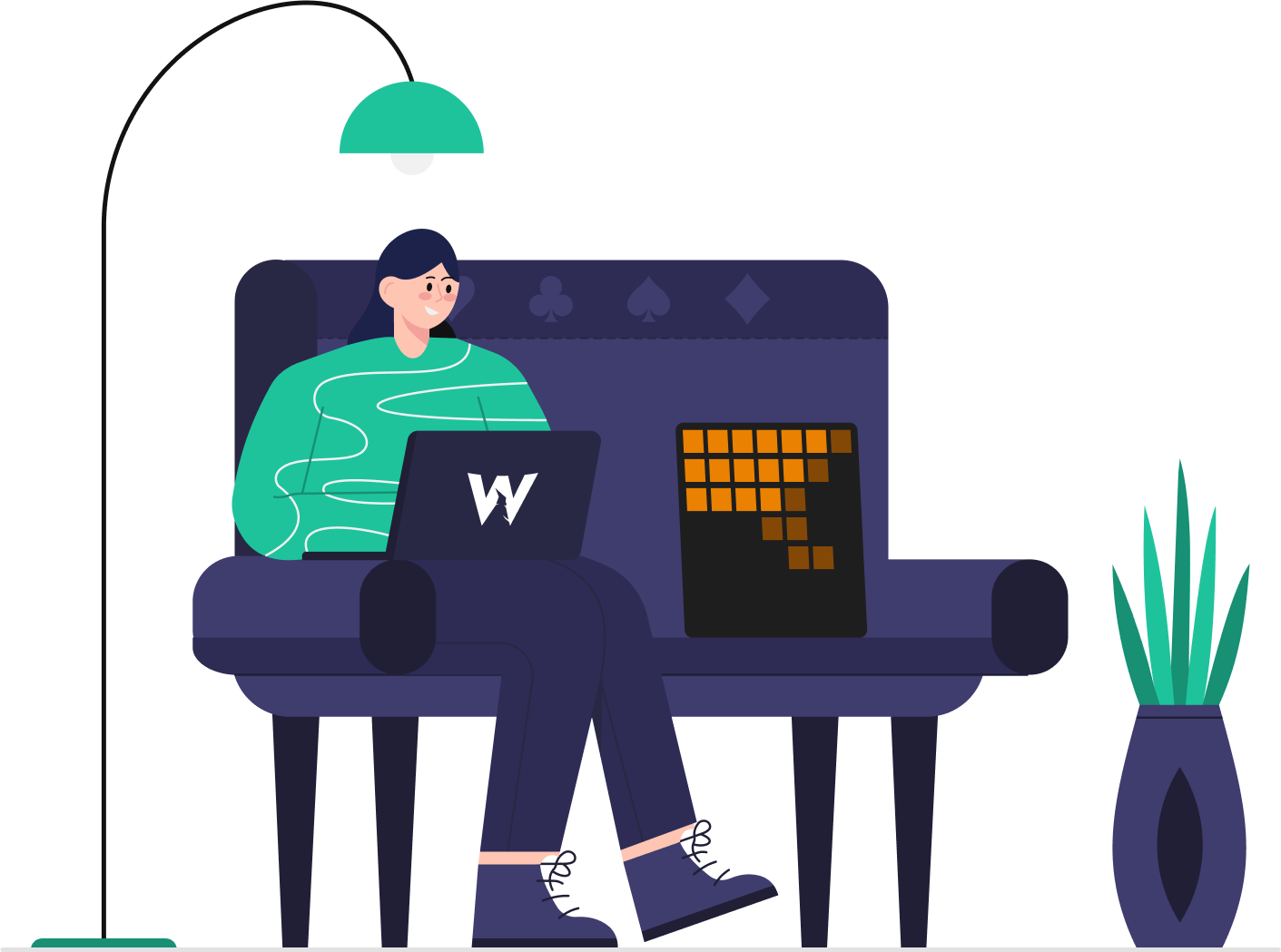
Summary
When facing a small donk bet on a scary turn, you must think carefully about your own and your opponent’s range. This means factoring in the many weak and medium-strength hands your opponent is incentivized to bet, and not hyperfixate on the worst-case scenario monsters.
You should respond by folding only your worst holdings, which may mean calling or raising high card hands that have no obvious coordination with the board. This is especially true if you opened from late position or if the flop does not coordinate well with your early position opening range.
Raising aggressively doesn’t just mean bluffing. It also means raising good top pair hands and better, even if they aren’t ahead of the strongest hands your opponent could have. Slowplaying should be the exception, reserved for hands that heavily block your opponent’s medium-strength hands.
Author
Andrew Brokos
Andrew Brokos has been a professional poker player, coach, and author for over 15 years. He co-hosts the Thinking Poker Podcast and is the author of the Play Optimal Poker books, among others.
